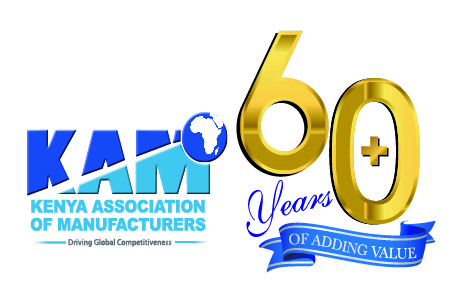We must uphold pledges made to investors to achieve economic goals
By Pankaj Bedi
Promises made to investors must be delivered if Kenya is indeed to realize any of its economic goals.
From mid this year the apparels sector in Kenya has been had hit by the cost of doing business, with major investors such as Long Yun Garments in Mombasa, shutting down and several others in different counties downsizing and reducing their operations. This has undoubtedly led to substantial job losses both directly as well as, those in the supply and value chains. The effect can also be seen in the drop in revenue through apparel exports from $382 million in 2015 to $354 million in 2017.
If we take a snapshot of the past three years, many policies were designed with the aim of making Kenyan products competitive but by and by, none have come to pass.
For instance, with a view to bridge the competitiveness gap between Kenya and her neighboring countries the Government declared that it would reduce the cost of electricity down to $0.09 per kWh. This was intended to be done over a period of two years, from 2015 until 2017 by which time the country would be in a position to painlessly provide electricity at the same amount, for all investors.
Three years later, this has not materialized. Instead what we are seeing is an increase in the cost of power which has negative implications for the overall cost of doing business in Kenya
Labour is another critical factor as pertains to the cost of operations in the sector. It is essential that, in an unpredictable business environment, well-intended proposals to increase wages are coupled with interventions to cushion already strained businesses. This was meant to happen with the 18% wage increase in 2017, but unfortunately has no tangible initiatives have been actualized.
Lastly we need to look at the logistics chain and how this is impacting local industry as well. Despite the well-intended infrastructural investments in the country, very little change has been felt in terms of the expected reduction in the real cost of transport for industry. Specifically, the disorder experienced when it comes to designation of containers, compounded by operational gaps in the Internal Container Depos (ICDs) lead to huge demurrage charges and unexpected losses for businesses. Furthermore, the increased taxes on fuel will drive up the cost of transport, leading to an increase in the cumulative cost of manufacturing.
From the above, it is evident that any manufacturer would find it nearly impossible to determine the real cost of production.
Quite positive is the fact that Kenya has the capacity to absorb the global shift in manufacturing which is leaning towards African markets. To do this we need to be at the forefront regionally in terms of competitiveness. Countries such as Egypt, Madagascar and Ethiopia have mastered how to attract especially huge investments in their textiles and apparels sector. Using their resources to entice investors, they have been able to stay ahead becoming a force to reckon with in the global market.
The renewed focus on manufacturing under the Big 4 Agenda comes at such a time when the manufacturing sector is grappling to align itself to policies that are more often pulling in different directions. All stakeholders need to come together and turn this around in order to reap from Kenya’s opportunities and strengths. This is the only way we will achieve a 15% contribution to the GDP to boost our economy.
The Writer is The Chair of Apparel Exports Subsector at the Kenya Association of Manufacturers. He can be reached on info@kam.co.ke.
Looking for elevation? KAM lifts you up.
- Direct technical assistance
- Capacity building programmes
- Networking and mentorship
- Industry insights & analysis
- Trade & export development services
